Assignment 1: Del Lowenthal Ethical Window
‘I’ll put you first if you put me first’
A Photographers Ethical Window:
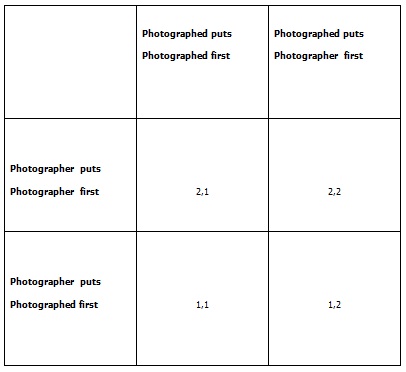
Lowenthal, Del What can the way we take photographs tell us about our personal and professional relationships? in The European Journal of Psychotherapy and Counselling (2009)
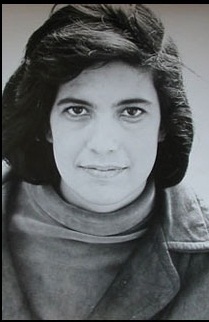 “Just about everything has been photographed”
“Just about everything has been photographed”
"On Photography has become so deeply absorbed into this discourse that Sontag's claims about photography, as well as her mode of argument, have become part of the rhetorical 'tool kit' that photography theorists and critics carry around in their heads". -Michael Starenko in Afterimage magazine
Susan Sontag was an American author, literary theorist, public intellectual and political activist; her published works include On Photography and Against Interpretation. In her books she investigates the history of American photography. With an interest in politics, it led her to explore its connection within photography.
Cornell Capa, an American photographer and curator, states iIn a letter to the field, photographer Cornell Cappa states: ".. I wish to thank Susan Sontag for having reawakened the thinking process in On Photography, of who we are, what we are and what is the value of what we do." (March 11, 1978).
I believe she was and still is a pioneer for photography theorists and critics, in addition to being essential to anyone interested in photography.
Looking at the relationship between the photographer and what is photographed :
In this section I have selected four photographs(below) that fit with the Del Lowenthal Ethical Window (above).
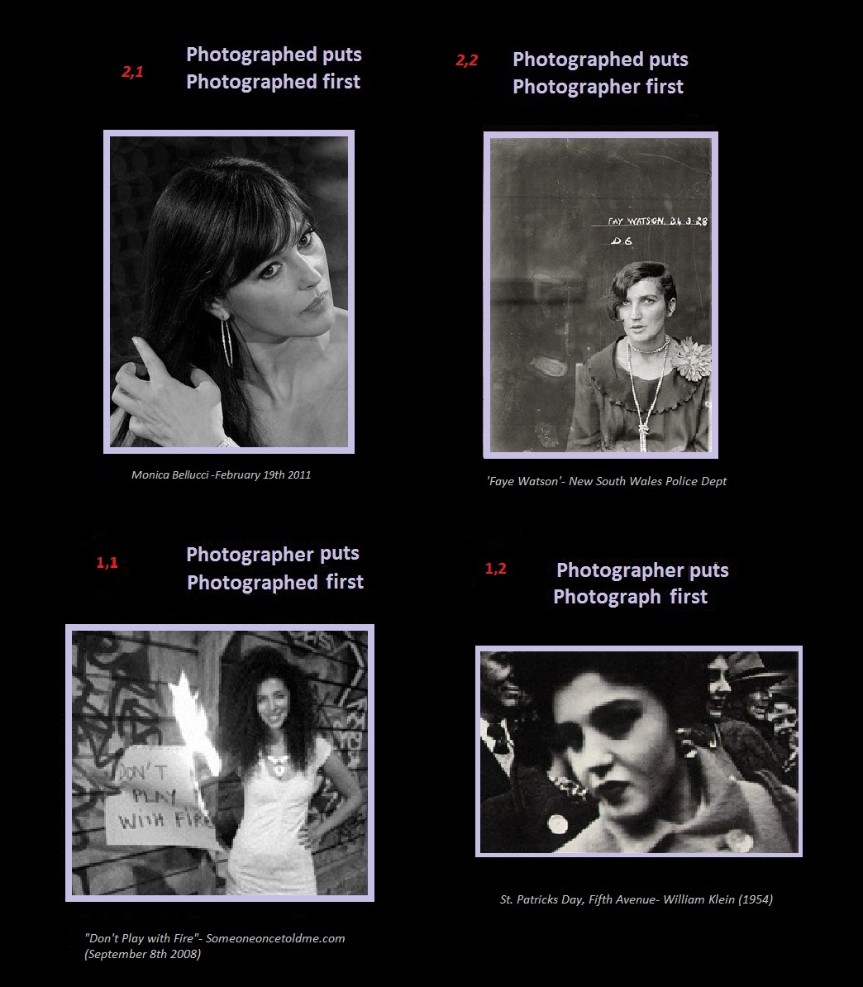
2,1 Photographed puts Photographed first This is a picture of Italian actress, Monica Bellucci, by a photographer for her . It was found on her twitter account , entitled :My most current photo. X
"I am the subject - I value the photograph of me taken by the photographer" For aesthetic reasons I altered the picture into black and white. In someways it does change the context. Black and white images have a mysterious quality and the imagination is free to add content to it. What I like most, is the intensity and focus of her eyes. She is known as one of the most beautiful Italian actresses. Her body is usually the focus of attention, but I think her beauty lies in her eyes. It definately captures her character. Monica is about forty-eight and is as youthful as she was in her twenties. The photographer is not involved, the photograph is mine because I chose it . She has selected this image as her 'most current photo', meaning it is the most accurate depiction of herself at that time. I feel that the lack of photographers details within the post asserts her ownership of the image. This action almost negates the power of the photographers skill. I believe the image he or she captured, is considered as Monica's . |
"I am the subject- I value the photographer" Interestingly the 'value' placed in the photographic relationship is based on power. You would not think that this is a prisoner and the photographer the guard. In someways it is an interesting commentary on the being 'captured' by a photograph(er). The subject is within the control of the photographer.
The fact that this and many images in the collection, appear to be relaxed images may be their appeal. In some cases you can just assume it is in a photographic studio and a certain amount of personal freedom would exist. The fact that the inmates seemed okay to have their pictures taken, is also of interest to me. I wonder if they viewed it as a powerful experience, in someways a change from the normal prison life and a way to expand their legacy?
|
1,1 Photographer puts Photographer first I found this image in the websites 'best of' section She met the photographer and both were involved in the process and decision making. Others have told her 'don’t play with fire' and her response is: 'I'll play with fire as long as there's a glass of water nearby'.""I am the photographer– I value the subject of the photograph and the photographed is involved" What I like most about the photograph, is the engaging eye contact between the photographer and the photographed. There is a sense of freedom for the participant to express themselves in such a way that the flame doesn't alter the her steady pose, or smiling eyes. i believe this is a moment she wanted and as it was arranged, there is a sense of ownership and equality. We share the process and both choose the photograph. The concept is the participant can write down a random comment about what someone has said about them.The photographer in this case gives the context to the subject and the photographed provide the content. The selection is a mutual process.
I found this image on the Masters of Photography website. It was the photograph that led me to the photographer. The image is taken by the photographer, William Klein, who was a fashion and street photographer. What I liked most was the direct and distant angle of the photograph. The female is trying not to be engaged with the photographer. I also like the individuals behind her, captured laughing. She may be just a a passing pedestrian, or a member of the crowd he turned to photograph. I am the photographer – I value the photograph of the photographed"His concern is more for his the photographic freedom than that of the individual being photographed. Perhaps it is his artistic licence, he wishes to assert. The power of the artistic gaze and the fact that what he sees, he owns. Ownership of the image do not include the ones photographed. I am not involved with the photographed but the photograph is mine – they have no choiceThis image was taken without the permission of the photographed. In some ways the photograph may be voyeuristic. He ( the photogapher) is witnessing the lives of strangers, without their knowledge. With this, he is able to see parts of their life and interaction that may be unknown to even them. The simple act of laughing, a snapshot moment taken without their immediate attention is never revealed or discussed with the photographed persons. These images are not agreed to by the subjects, the maker is in complete control.
|
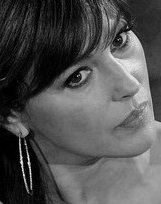 oxo, M.
oxo, M.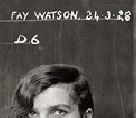

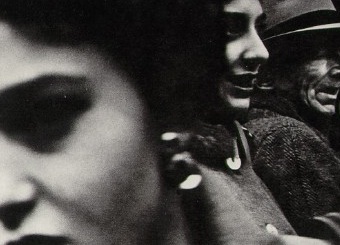 "
"
